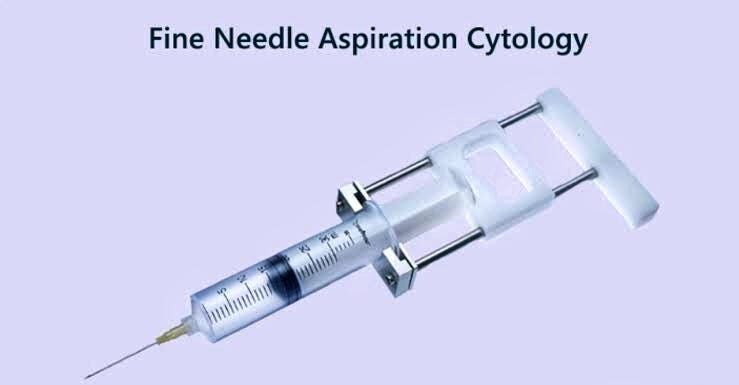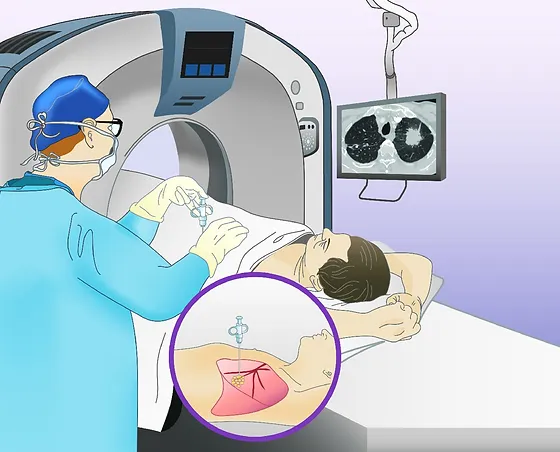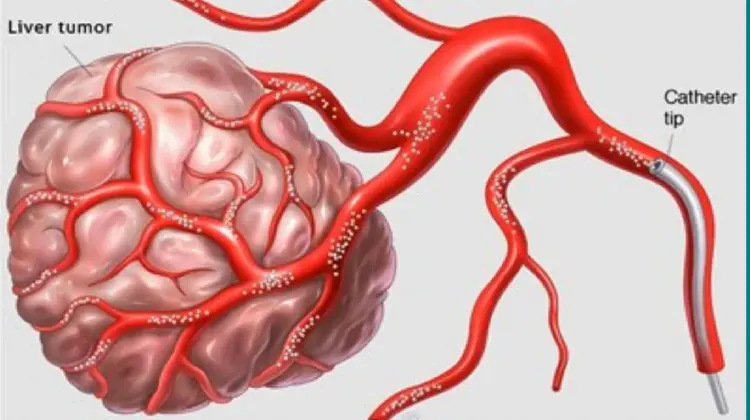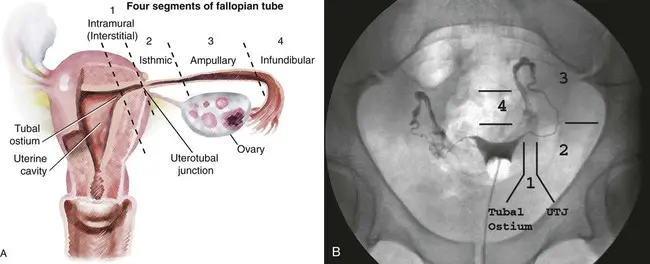Fine-Needle Aspiration Cytology (FNAC) is a diagnostic procedure used to investigate lumps or masses. In this technique, a thin, hollow needle is inserted into the mass for sampling of cells that, after being stained, are examined under a microscope. The sampling and biopsy considered together are called fine-needle aspiration biopsy (FNAB) or fine-needle aspiration cytology (FNAC).
FNAC and biopsy are both diagnostic procedures used to determine the presence of cancerous cells in lumps or masses. FNAC involves the use of a thin needle to extract cells from the mass, while biopsy involves the extraction of sample cells or tissues for examination. Both procedures are commonly used in the diagnosis of cancer and other diseases.

1. FNAC (Fine Needle Aspiration Cytology):
- Indications: FNAC is primarily used for evaluating superficial lumps or masses, including those in the breast, thyroid, lymph nodes, and soft tissues. It is often employed to diagnose the nature of the tissue, such as whether it is benign or malignant.
- For –
-
-
- Breast Lump/Masses
- Enlarged Lymph Node
- Oral Cancers/Masses
- Thyroid Nodules/ Lump
-
2. Biopsy
- Indications: Biopsies are used to diagnose a wide range of conditions, including cancer, infections, and autoimmune diseases. They can be performed on various body parts, including skin, organs, and mucous membranes.
- For –
1. Lung Cancer
2. Breast Cancer
3. Liver Cancer
4. Abdominal Cancer/Lump
5. Prostate Biopsy Cancer (TRUS)
6. Bone Lesions




